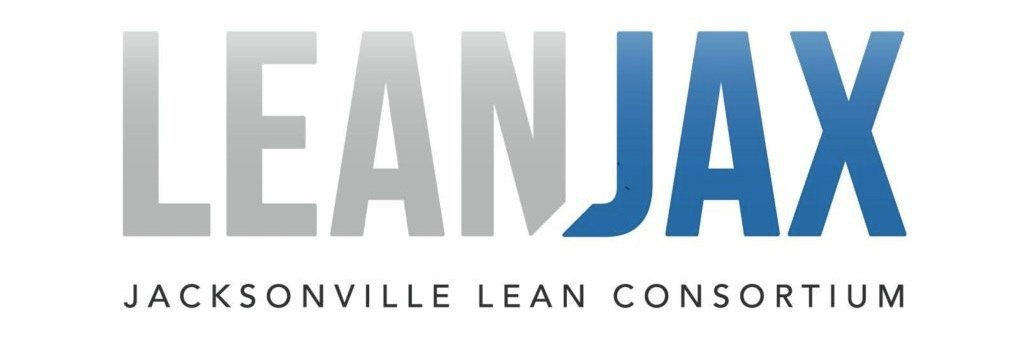ECRS
ECRS is a helpful Lean problem solving technique for individuals and/or teams to use to minimize, eliminate, and prevent reoccurrence of the 8 wastes. Toyota used this technique to great effect in establishing the company’s venerable operating system, providing significant improvements to the way work was done throughout its’ enterprise, especially in the areas of set up reduction and just-in-time production
ECRS is a straight-forward approach to problem solving, most effective when paired with the 5 Whys and 5W1H, (what, where, when, why, who, how / how much), which is a structure for asking open-ended questions aimed at identifying the root cause of recurring problems (flow interruptors/bottlenecks).
ECRS is an essential component of the analysis section of any A3 and/or rapid improvement event because it enables team members to quickly solve problems, thereby improving processes to generate brilliant results.
This is how the process works:
1. Eliminate wasteful process steps that aren’t value-added in the eyes of the customer. This first step is critical because it leads to the most significant gains in several key performance indicators, including, quality, safety, productivity, speed, and cost.
Ask yourself, what are we currently doing that doesn’t make sense?
What types of waste exist in the current state?
Why are doing it this way?
How can we do it better? (future state)
2. Combine duplicate process steps to avoid unnecessary handoffs and rework, while reducing time, space, and resources needed. After eliminating steps that aren’t value-added, look at which steps can be more effective if combined or completed in parallel?
For example, do any steps involve excessive motion of workers or handling of materials, tools, equipment, or information? Why? How can we do it better?
Are multiple operators completing redundant steps? Why? How can we do it better?
3. Rearrange the sequence of process steps to create flow. If it doesn’t make sense to eliminate or combine steps, rearranging the sequence can also often lead to tangible improvements to KPIs.
Does the current sequence best utilize our equipment and resources?
Are there consistent examples of the 8 wastes. Where?
What should the proper sequence be? Should we complete the current step # 3 before step # 1? Why?
4. Simplify how steps are completed by creating clear, visual standard work to avoid variation.
Do we have clear work instructions?
How can we prevent variation and reduce frustration?
Examples of simplification include the use of visual management, color-coding, visual cues, or pictures of how to complete a job most safely and efficiently.


